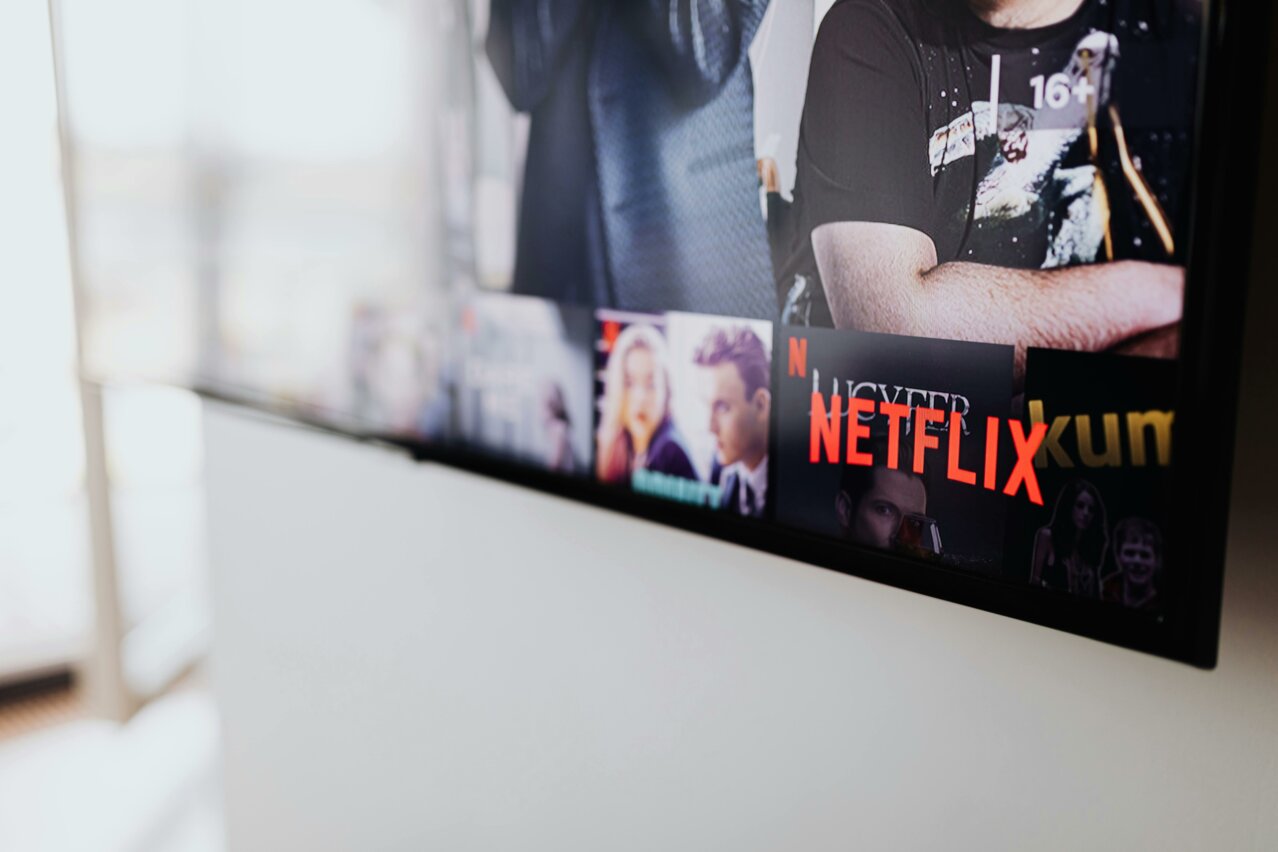We’re on the verge of a major cultural moment for combat sports. Netflix’s mammoth 10-year deal, to showcase WWE’s Monday Night Raw (as well as WWE’s other shows in territories outside the US) is a statement entrance into live sport and entertainment for the global streamer. The rumoured $5bn deal, with the option of a further 10-year extension, will no doubt ruffle feathers among wrestling’s sceptics who see the sport as nothing more than manufactured melodrama. However, the deal reveals more about culture at large than its critics would believe.
The deal anticipates the increasing role that combat sports play in people’s entertainment choices – and hobbies. A recent survey highlighted Gen Z’s evolving sporting habits, which shows boxing is the generation’s second-most popular sport in terms of engagement, with MMA ranking 11th, both far higher than the wider population.
What do boxing, MMA, and wrestling have in common? Aside from their obvious combative nature, they champion individuality, idolising bold and brash personalities. Yet despite their modernisation, they’re still overwhelmingly masculine environments, with all the bravado and trash talk that you would expect from a traditionally testosterone-fuelled pursuit. Fans cheer for blood and knockouts like the gladiatorial arenas of the past.
The more we unpick the distinct characteristics of these sports, the more we understand that appeal for them is not just about the thrill of combat but is intertwined with broader socio-cultural shifts.
These sports respond to the disillusionment that many people, but particularly young men, feel about their place in the world. Sound familiar? The situation mirrors what drove young men to escape the monotony of consumerism in favour of the thrill of ‘feeling something’ in 1999 cult classic Fight Club.
This growth among youth audiences may signify a desire to reconnect with aspects of traditional masculinity that are perceived to have been suppressed, such as raw, adrenaline-pumping physicality. It should be noted that this striking appeal is in no small part down to the confected dramatisation that the industry has successfully created around influencer clashes, which create narratives around bouts through elaborate, multi-platform media machines.
How are media brands acting upon this craving for physicality? Taking their foray into combat sports a step further, Netflix is exploring the potential for streaming live boxing matches. This reflects their wider strategy to capture the attention of viewers seeking intense, dramatic sporting entertainment, something the Netflix CEO, Ted Sarandos, says sits right in the brand’s ‘sweet spot’.
The announcement of Netflix’s WWE deal comes at a time when wrestling is making waves in Hollywood as well, with true-life wrestling drama The Iron Claw, starring Zac Efron and Jeremy Allen White, hitting UK cinemas this week (February 9th). The film shows how these expressions of aggression don’t come at the cost of depth and human vulnerability.
The Netflix deal is an intriguing step for combat sports. At the very least, it is likely to expose WWE to new audiences, feeding their desire for visceral force and dramatised narratives. The merger of WWE and UFC into TKO Group Holdings in late 2023 means the future of MMA may also be on the horizon for the big streamers in the coming years. With the sport already engaging thrill-seeking Gen Zs, any deal could be the biggest and most hotly anticipated yet.
